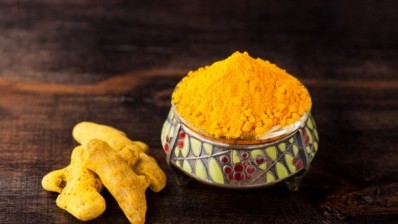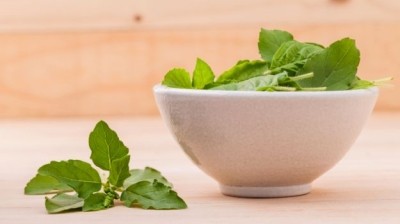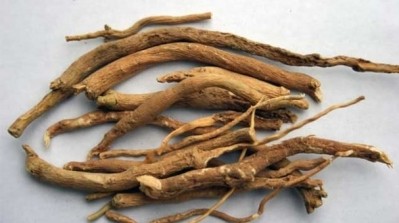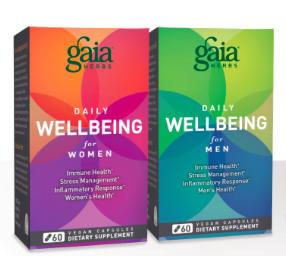SPECIAL EDITION: AYURVEDA
Ayurveda: a very basic primer

The name Ayurveda refers to the classical system of Indian medicine, coming from the Sanskrit words for knowledge (veda) and longevity (ayus).
Scholars suggest that the system’s earliest form was passed down orally. Hence, there is no clear date that can be pinpointed as the birth of Ayurveda. “Ayurveda became part of the Brahmanical or socio-religious system of knowledge early in its development,” Dr. Kenneth Zysk, Head of Indology at the University of Copenhagen, told NutraIngredients-USA.
“In this way, it was fully integrated in society and therefore held a meaningful place for people. It endured the test of time simply because in most instances it worked to relieve suffering,” he added.
Ayurveda Etymology
“It is called ayurveda because it tells us (vedayati) which substances, qualities and actions are life enhancing (ayusya), and which are not.” – translated excerpt Charaka Samhita taken from Indian Medicine by Dominik Wujastyk.
One of the earliest surviving texts expounding the traditional system of Indian medicine, titled Charaka Samhita, contains an etymological definition of Ayurveda .
The Charaka Samhita, scholars suggest that this long text written in classical Sanskrit may date as far back as the early fourth century BC, the time of Buddha.
An ever evolving system
As the years went by, more texts expounding the system surfaced, and Ayurveda practices received influences from Islamic, Chinese, and Western medical systems. “For example, form the 14th century, Ayurveda has adopted the technique of pulse and urine diagnosis probably from the Greco-Arabic Yunani medicine,” Dr. Zysk explained. “At the same time, alchemy became an integral part of Ayurveda therapeutics.”
But the basics remained the same. Dr. Dominik Wujastyk, Singhmar Chair in Classical Indian Society and Polity at the University of Alberta, explained in his text Indian Medicine:
“Ayurveda’s theoretical foundation is a doctrine of three bodily humors (wind, bile, and phlegm), somewhat analogous to the ancient Greek teachings of Hipocrates and Galen, andseven bodily constituents (chyle, blood, flesh, fat, bone, marrow, and semen).”
The texts organize a wide range of things, from preventative to prescription medicines, to a broad selection of therapies including enemas, massage, ointments, douches, sudation, and surgery. Though the bulk of medicines in the ayurvedic system is botanical, there are some animal products and minerals as well.
Dr. Wujastyk extracted some tenets of Ayurveda based on the texts Caraka Samhita and the Susruta Samhita, just to provide a glimpse of what the system covers: the merits of a measured diet and of smoking herbal mixtures; the pharmacological characteristics of a huge range of plants and vegetables; philosophical topics about human life and spirit; stimulants and aphrodisiacs; description and treatment of fever, heated blood, swellings, urinary disorders, skin disorders, consumption, insanity, epilepsy, and much more.
The system today
“Ayurveda is fully integrated into the Indian healthcare system,” Dr. Zysk said. “It is recognised by the government and serves the entire population alongside of Yunani and biomedicine.”
The National Center for Complementary and Integrative Health of the U.S. Department of Health and Human Services estimates around 80% of India’s population to use some form of Ayurvedic medicine.
There was a short decline in Ayurvedic support during the British colonial period, but it remained the default system of medicine for the bulk of the subcontinent’s population. Dr. Wujastyk wrote that “with the rise of the Indian independence movement, all indigenous traditions received strong support from nationalists.
Government-accredited colleges and universities today provide professional training and qualifications in Ayurveda. In the era of globalization, Ayurveda has spread throughout the world as an alternative to conventional, Western medicine.
“In diaspora Ayurveda is changing and adapting, as it moves from its pre-modern role in India to a new position as one part of a portfolio of alternative and complementary therapies offered alongside modern biomedicine,” Dr. Wujastyk wrote.
The Healthy and Natural Show
Organic India's Amy Keller will present an introduction to Ayurveda: The Science of Life at the upcoming Healthy and Natural Show at Chicago's Navy Pier, May 5-7, 2016. For more information and to register, please click HERE.










